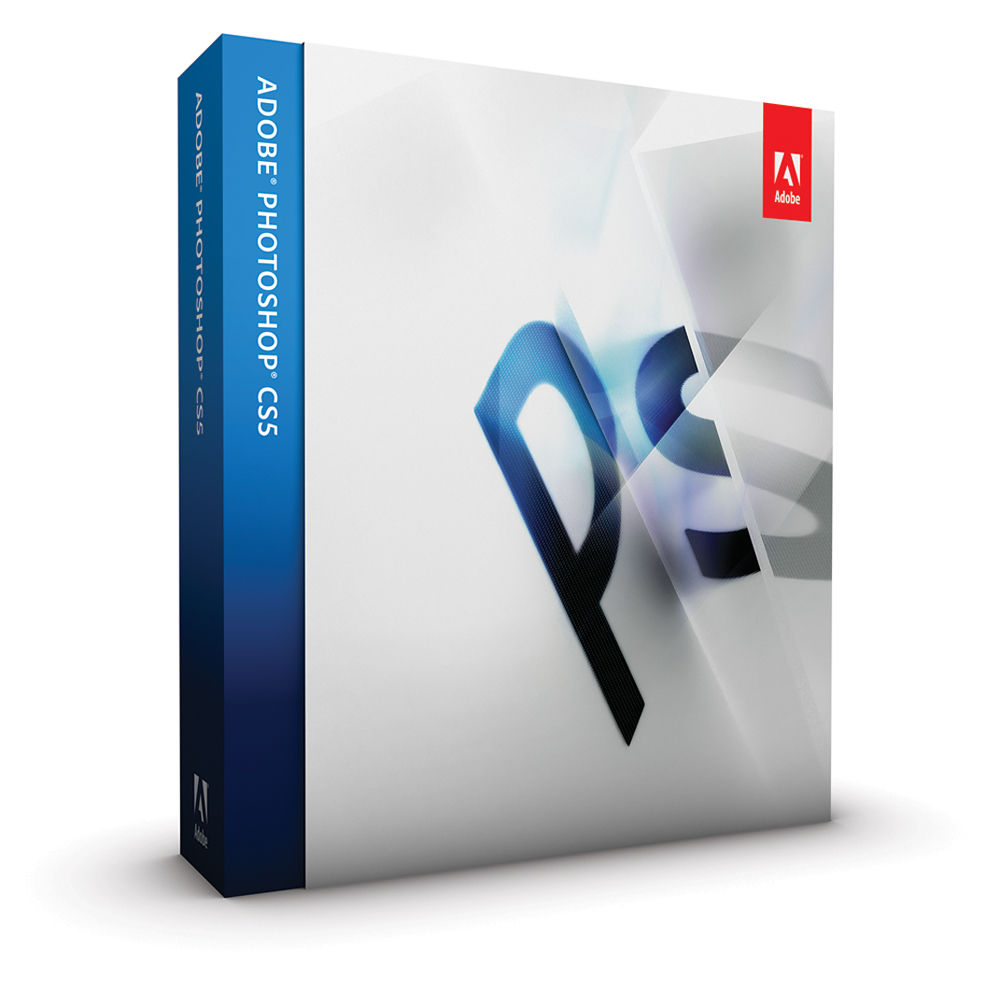

Not only can you scrub through video and animate the video and add all kinds of special effects to it, you can even clone video. We can also work with video in ways that you probably would never imagine. We'll talk more about that later on, but it's very cool. Apply a very basic in your 3D modeling application, bring it into Photoshop and then paint your new texture. So let's say we wanted to turn this into a crate. Now, what's really, really cool is if you're like me and you like to work with 3D textures and you did texture this is Maya or LightWave or anything like that, you can actually edit those textures right in Photoshop. For example, I modeled this box in Maya and when I double click on the icon in the layers, I can rotate it, I can change the lighting, I can change the render mode and I can do so much more. What we can do here is we can work on 3D models in this version. This can allow you to achieve anything from painting special effects (like blood splatters) in individual frames, to creating complex looks for a dream-sequence with the new Smart Filters.So the question on your mind is probably why in the world is it called Photoshop CS3 Extended? Well, this version of Photoshop can do a lot more than the regular version, and that's saying a lot because we already know that the regular version of Photoshop has 1.6 patrillion functions.
#Adobe photoshop cs3 extended review pro#
While these aren't designed to replace a video editing program like Premiere Pro or FCP or the more specialized motion graphics program like After Effects or Shake, these abilities instead give you the professional, discreet control of Photoshop over an imported section of video. (Luckily, Total Training is releasing an online version of their best-selling training sets later this summer which covers the new Adobe CS3 products this should make it much easer to learn the homework needed to use all of the new features in this latest installment.) While this may sound like a lot of work, know that it's well worth the extra effort.Īs I mentioned earlier, many of the new features that PCS3 Extended has are in regards to video and animation. You really will need to do your homework to learn what it can do. It's difficult because it gives you SO many options that all kinds of different artists will use. Now, with all these improvements in the overall ease of use for Photoshop in general, I will warn you that Photoshop CS3 Extended has a fairly stiff learning curve, but not because it's designed badly. This helps immensely, when importing and working with many video layers, especially if you don’t have the budget for a second monitor, are working on a laptop, or need to use your second monitor to preview video by itself. Once the icon is clicked, the dock is expanded to make the needed selection easily accessibly. This is done by compressing the palettes into icons that live on the side of the screen. Along with these improved workspace options comes the streamlining and cleanup of the workspace real estate, to the point of challenging the prevalent mindset that you need two monitors to run Photoshop efficiently.


This is why the enlarged Workspace drop down menu is more useful than ever, with its constant improvements and additional workspace options, like the new Video and Film layout. This isn’t surprising, seeing that everyone from photographers to game developers can use this program, and each one has specific needs. With this new version you will find that there are probably a lot of selections that you haven’t seen before. With that said, let's look at some of the specifics. While there are many new features that are introduced in Photoshop CS3 Extended which relate to things like the architectural and medical fields, we will be focusing most specifically at how it relates to the field of filmmaking. Plus, several of the most beloved features of CS2 have been upgraded to give better performance and more options. With this new release we see many powerful features for special effects, 3D imaging, and image control. While the options it has offered graphic designers, photographers, and others in the digital field of art are still unsurpassed by other programs, Photoshop has been very limited in what it can directly offer the digital filmmaker. It went on to set the standard for manipulation of digital images, and has become the first choice of countless professionals in various fields of visual art all over the world. When Adobe Photoshop was first introduced to the world by ILM's John Knoll back in 1990, it was designed to import and manipulate images from a scanner (a rare device in those days).


 0 kommentar(er)
0 kommentar(er)
